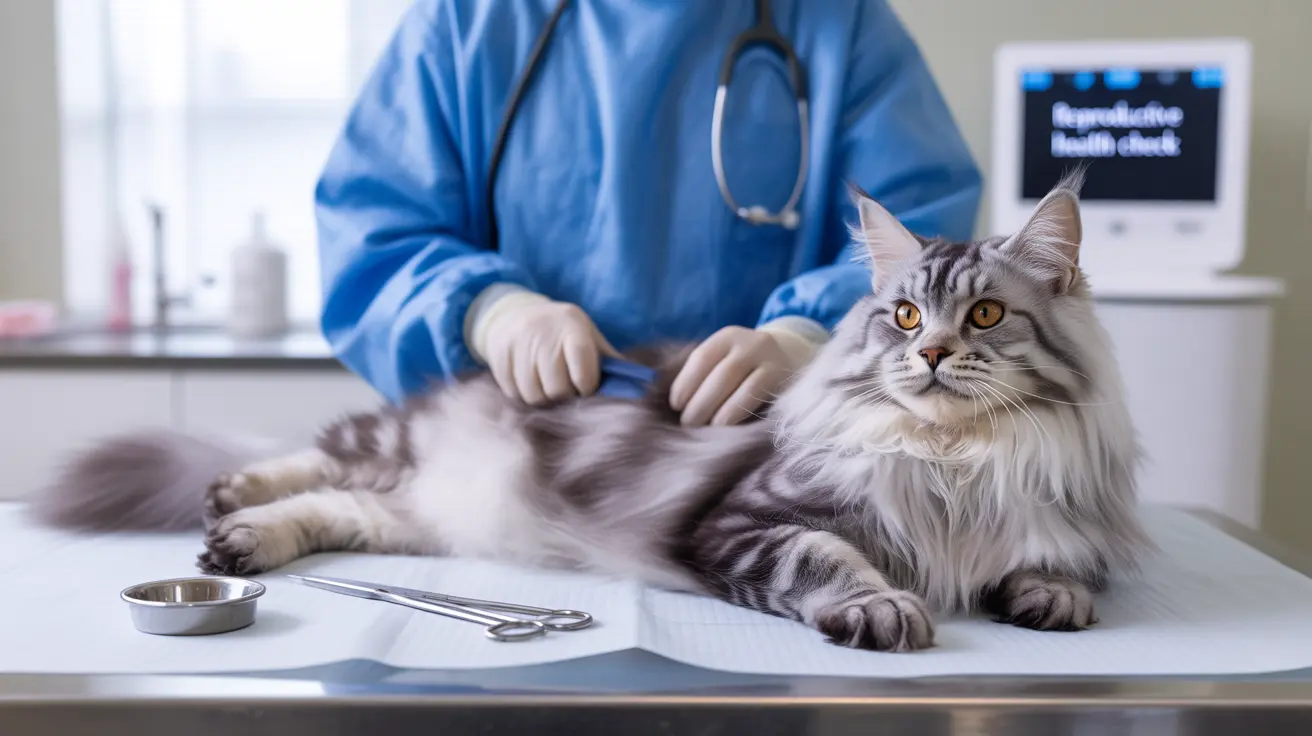For cat owners and veterinary professionals, understanding feline reproductive anatomy is crucial for ensuring proper pet care and health maintenance. This comprehensive guide explores the intricate details of cat genitals, their functions, and common health considerations that every cat owner should know.
Whether you're a new cat parent trying to determine your kitten's sex or an experienced breeder seeking deeper knowledge, this article will provide valuable insights into feline reproductive anatomy and health.
The Basics of Feline Reproductive Anatomy
Male and female cats have distinct reproductive structures that serve specific biological functions. Understanding these differences is essential for proper care and early detection of potential health issues.
Female Cat Reproductive Anatomy
Female cats possess a complex reproductive system designed for successful breeding and birthing. The main components include:
- Vulva and vagina
- Cervix and uterus (two-horned structure)
- Ovaries and fallopian tubes
- Mammary glands and nipples
Male Cat Reproductive Anatomy
Male cats have unique anatomical features that facilitate reproduction and territorial marking:
- Penis with specialized barbs
- Testicles housed in the scrotum
- Prostate and other accessory glands
- Specialized urethral structure for spraying
Health and Development Considerations
Regular monitoring of your cat's genital health is crucial for detecting potential problems early. Common issues to watch for include:
- Infections or unusual discharge
- Swelling or inflammation
- Changes in urination habits
- Signs of reproductive system disorders
The Importance of Spaying and Neutering
Spaying and neutering are crucial procedures that offer numerous health benefits and help control the pet population. These procedures can:
- Prevent unwanted pregnancies
- Reduce cancer risks
- Minimize territorial marking
- Improve overall behavior
Frequently Asked Questions
How do I identify the sex of my kitten by examining its genital area?
Look at the shape and spacing of the genital openings. Males have a greater distance between the anus and genital opening, with a more circular appearance. Females have a shorter distance between openings, with the vulva appearing as a vertical slit.
What are the common health issues related to cat genital anatomy, and how can they be prevented?
Common issues include urinary tract infections, reproductive cancers, and infections. Prevention involves regular veterinary check-ups, proper hygiene, and considering spaying or neutering your pet.
How do male and female cat genital structures differ, and why is this important for reproduction?
Male cats have specialized penile barbs and produce sperm continuously, while females have a two-horned uterus designed for multiple offspring. These differences facilitate successful mating and reproduction in the species.
What are the benefits of spaying or neutering my cat, and how does it affect their genital health?
Spaying/neutering reduces cancer risks, prevents unwanted pregnancies, and can improve behavior. The procedures also eliminate risks associated with reproductive diseases and hormone-related issues.
How can I properly care for and maintain the hygiene of my cat's genital area to prevent infections?
Monitor for unusual discharge or behavior, keep the area clean, and watch for excessive grooming. Consult a veterinarian if you notice any abnormalities or concerns about your cat's genital health.
Conclusion
Understanding cat genital anatomy is essential for responsible pet ownership. By staying informed about your cat's reproductive health and maintaining regular veterinary care, you can ensure your feline companion leads a healthy, comfortable life. Remember to consult with your veterinarian for specific concerns about your cat's reproductive health.






